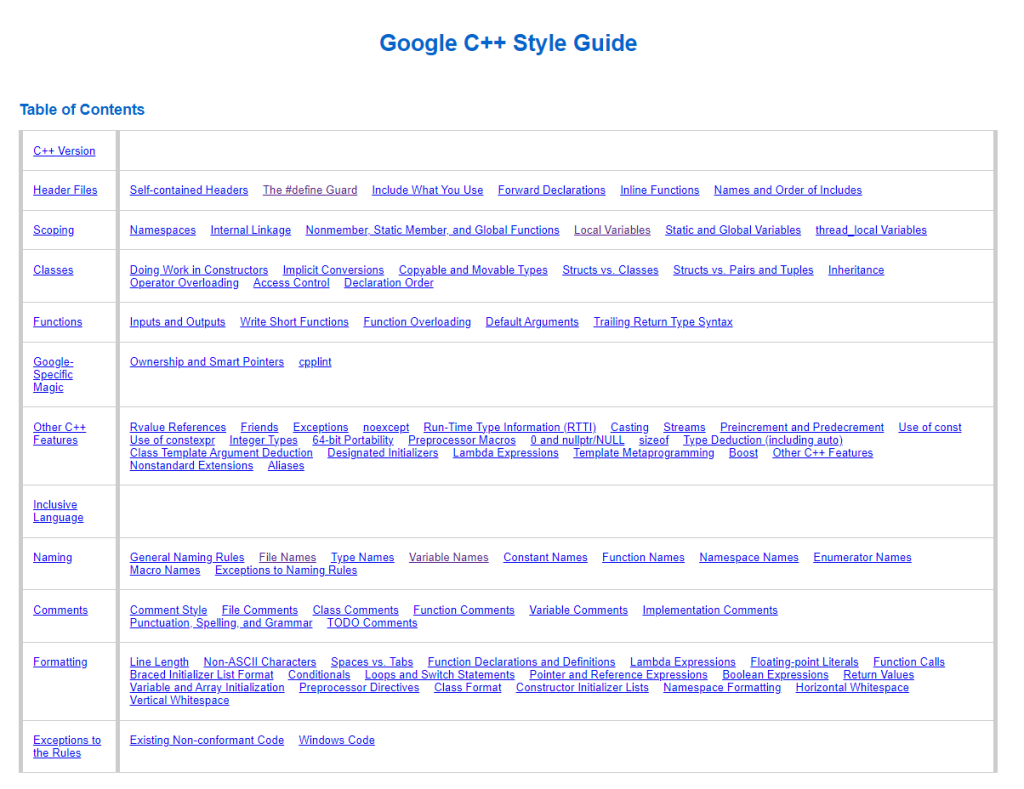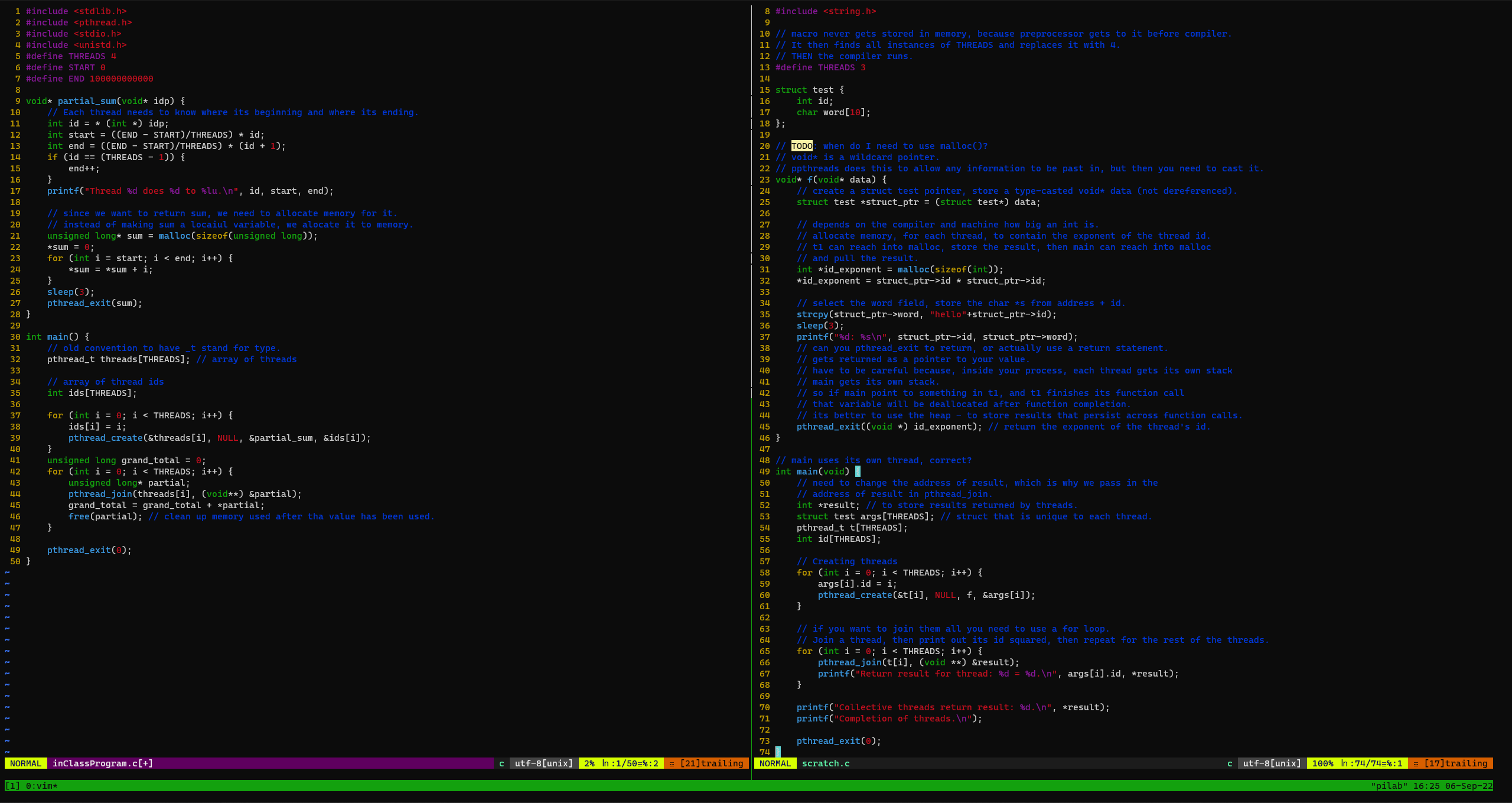
A coding convention is an establish idea on how to write your code and comments in a manner that can be understood better by someone else who understands the same convention. Often time it includes recommendations on naming variables, methods, and classes, initializing arrays, word wrapping, and many more topics.
A coding convention can speed up app deployment and can generally improve employee work happiness as they don’t have to sit through messy code. When everyone is on the same page, code tends to become easier to understand, debug, and deploy. When working alone, following a coding convention can do the same for you. It can increase happiness, speed of app deployment, be easier to understand when coming back to it after several days, and helps others read your code.
The downsides to coding conventions is that they initially take time to get used to, especially if the coding convention is entirely different then what was originally used. However, a lot of languages follow very similar coding conventions. Unfortunately, if the coding convention applied is unenjoyable or adds extra unnecessary workload, it can adversely affect happiness and time to deployment. For instance, Google’s Java coding convention states no C-style declarations are allowed. This is surprising because Java is modeled after C++ which is modeled after C. You would think it would be an acceptable coding convention.
I generally try to keep my own code to standard. Though I will say I find myself using C-style array declarations every now and then. Additionally, while my constant names are full uppercase, I usually don’t have words separated by underscores. For switch statements, I don’t utilize fall-through comments either. These are all conventions that I am learning over time to be quite useful though, and as such I will adopt them over time. I imagine if this was a messy coding convention and I was required to use it, I would be pretty unhappy and disappointed writing code. However, Google’s style guide is very clean and I am happy to follow it to a T.
